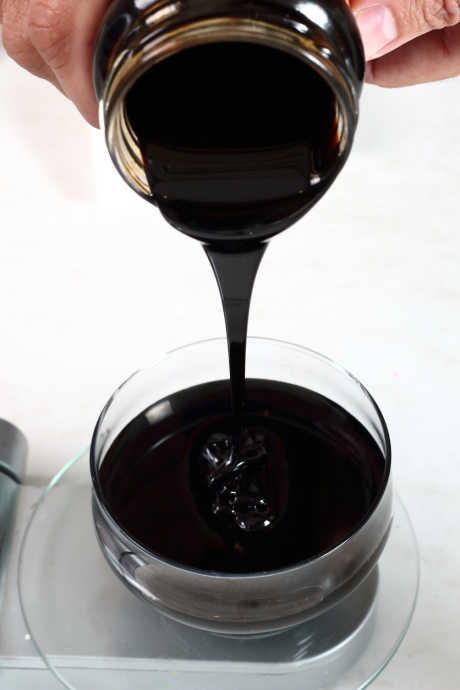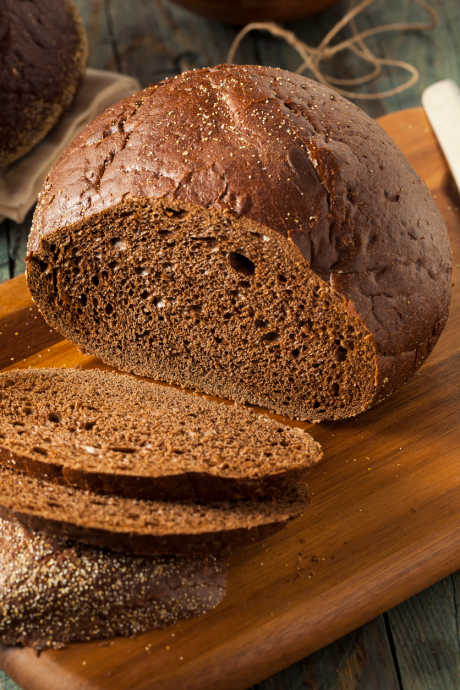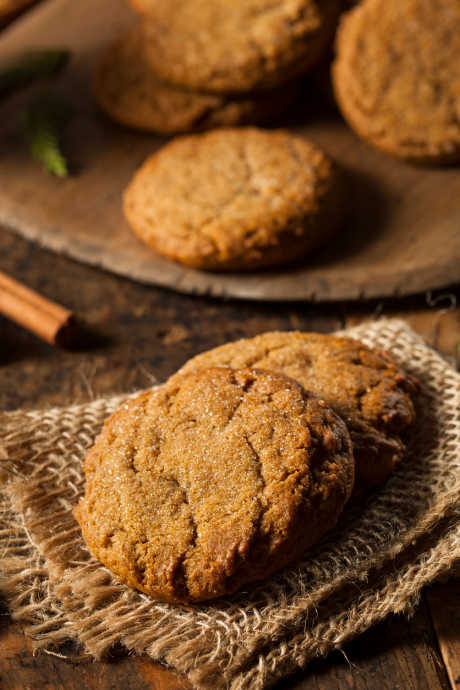Sweet and Sticky Molasses Recipes
Posted by Julie on Jan 13th 2021
There are lots of ways to sweeten your baked goods and add a touch of sweetness to savory recipes too. We covered several options in our post on natural sugar substitutes. In this post, we’ll discuss another sweetener that dates back centuries. Keep reading to learn how molasses is made and get some recipes using molasses.
How Molasses Is Made
Molasses is a by-product of making granulated sugar. It’s the sticky substance that remains after the liquid from sugarcane and sugar beets is boiled and sugar crystals are removed.
Molasses comes in three varieties, depending on how many times it has been boiled. Light molasses comes from the first boiling. It’s the highest in sugar, with a mild, sweet taste and a deep brown color. You can use it in place of maple syrup on pancakes or waffles. Dark molasses comes from the second boiling. It has less sugar, a thicker texture, and an even darker color. It’s called treacle in the UK, and it’s a key ingredient in gingerbread. Finally, blackstrap molasses is the product of a third round of boiling. It’s the thickest and darkest of the three varieties, and it has a bitter taste. Don’t use blackstrap molasses when baking sweets; you’ll likely be disappointed in the taste.

Sometimes sulphur dioxide is added to molasses to prevent fermentation, but we recommend buying unsulphured molasses. Sulphuring affects the taste and color of molasses, and it’s not likely to ferment if you use it within a year or so.
Savory Molasses Recipes
One way to use molasses that we’ve written about before is in homemade baked beans. This recipe from Serious Eats for Boston Baked Beans does involve several hours of soaking and baking, but the active prep work is simple and straightforward. Molasses plays a big role in homemade baked beans, and Serious Eats reminds readers to choose the dark variety -- the one that comes from the second round of boiling -- not light molasses or blackstrap molasses. Although baked beans are a summer barbecue staple, you might find them to be a warm and hearty comfort food for winter too.
Speaking of barbecue, molasses can be a key ingredient in barbecue sauce too. Check out this recipe on Food and Wine from acclaimed chef and barbecue master Adam Perry Lang. This sweet and spicy sauce calls for blackstrap molasses, along with ketchup, dark brown sugar, yellow mustard, apple cider vinegar, and apricot preserves, along with a host of essential seasonings.

Finally, did you know that pumpernickel bread contains molasses? That’s what gives this classic bread its dark color. We found two recipes to recommend, depending on what type of molasses you have on hand. This one from chef Emeril Lagasse calls for blackstrap molasses, while this one from King Arthur Baking doesn’t specify a molasses variety. If you’ve never baked pumpernickel bread before, you might be surprised by a few of the ingredients, including unsweetened chocolate or cocoa powder and cornmeal. Check out our bread-baking offerings from Emile Henry to make your loaf of pumpernickel the best it can be.
Sweet Molasses Recipes
We’ve also written about using molasses in sweet recipes, such as Shoofly pie in our post on desperation pies. Give this recipe a try, thanks to A Coalcracker in the Kitchen -- a blog that specializes in coal country comfort food. She recommends unsulphured molasses, and either light or dark will work, but not blackstrap. Shoofly pie is sweet and sticky, and best of all, you’re supposed to have it for breakfast along with a cup of coffee.

Another classic sweet treat featuring molasses are cookies. We rely on Sally’s Baking Addiction for top-notch cookie recipes, and she delivers with this recipe for soft molasses cookies. Sally recommends using dark molasses as opposed to light, but leave the blackstrap on the shelf again. One reason we love to feature Sally’s recipes is how she offers detailed explanations of why she’s included each ingredient and how it affects the finished product. Don’t mess with success; follow her recipes to the letter for best results.
Finally, if you want to try something out of the ordinary, give these salted black licorice caramels a shot. We found this recipe on Epicurious, and it’s perfect for black licorice lovers. It also uses blackstrap molasses to help amp up the color of these caramels. You might still want to add black food coloring if you want your caramels to have an authentic black licorice color. Caramels are easier to make than you might expect, but you’ll definitely want a candy thermometer to help monitor the temperature. Slice and wrap the cooled caramels in waxed paper.

